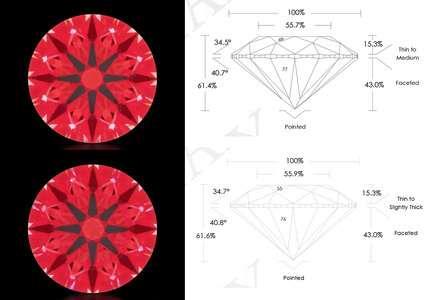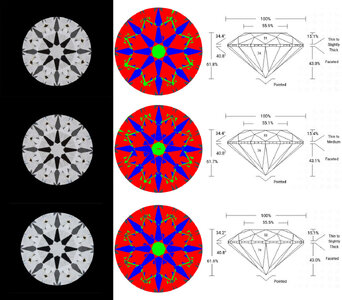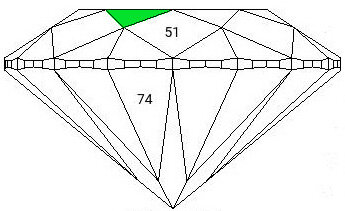- Joined
- Oct 6, 2005
- Messages
- 6,941
Could someone please explain why the stars of the top stone appear, on average, larger than or at least equal in size to the stars of the bottom stone?

Secondly, what causes the extra contrast at the base of the arrows in the 2nd and 3rd stones here in the computer-generated ASET images? Can it be fully explained by the two parts 30 degree and one part 40 degree obstruction?

@Karl_K @Texas Leaguer @John Pollard

Secondly, what causes the extra contrast at the base of the arrows in the 2nd and 3rd stones here in the computer-generated ASET images? Can it be fully explained by the two parts 30 degree and one part 40 degree obstruction?

@Karl_K @Texas Leaguer @John Pollard








300x240.png)